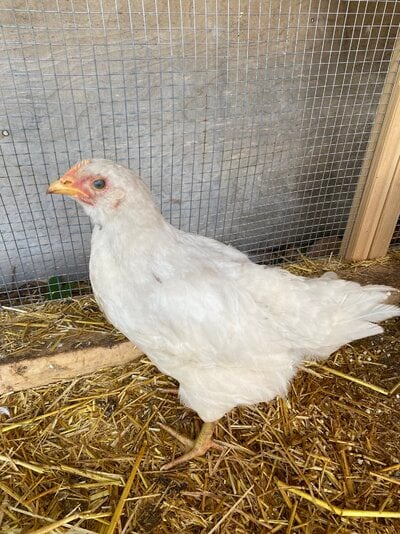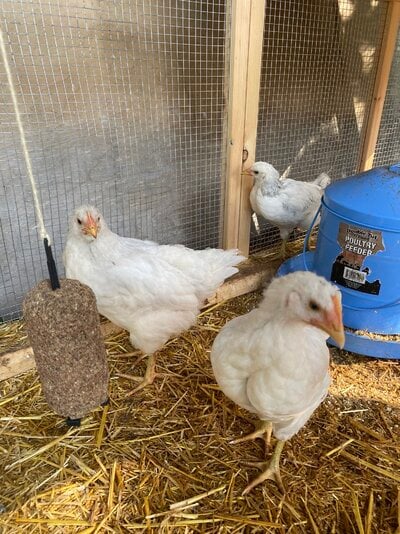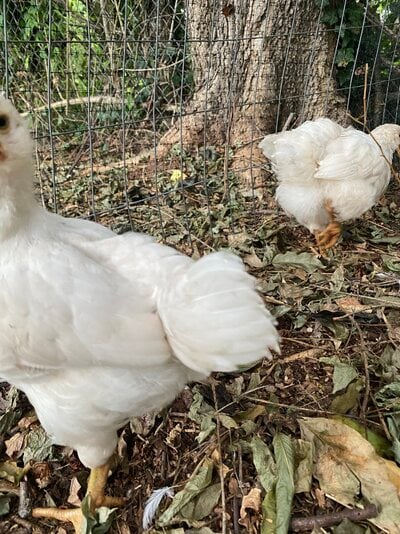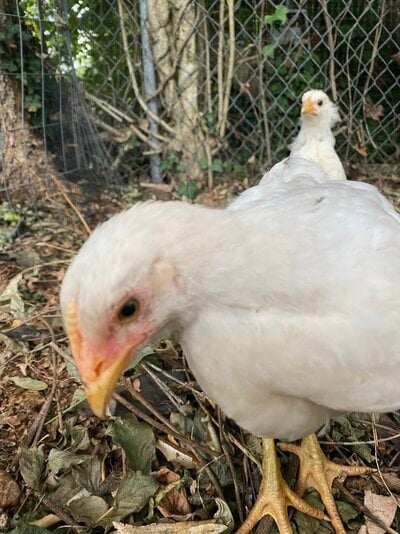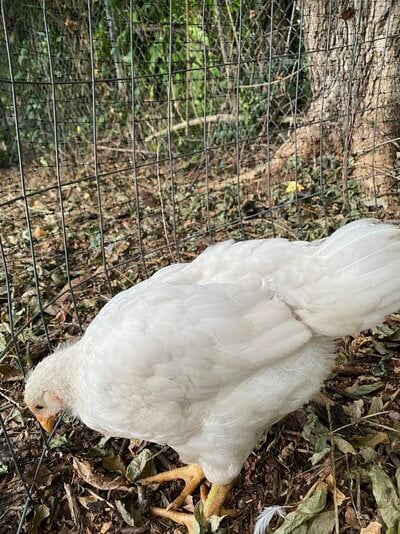BamaBeanie
In the Brooder
- Mar 29, 2022
- 4
- 14
- 26
I was told I have sapphire gem chicks, but mine came from TSC also. I’m wondering if they’re pretty much the same cross breed of chickens? Because the smokey pearl chicks I have are identical to sapphire gem chicks. Mine are now between 4-5 weeks old and in that in between stage of down feathers and real feathers. I guess I’ll find out in a few weeks.





